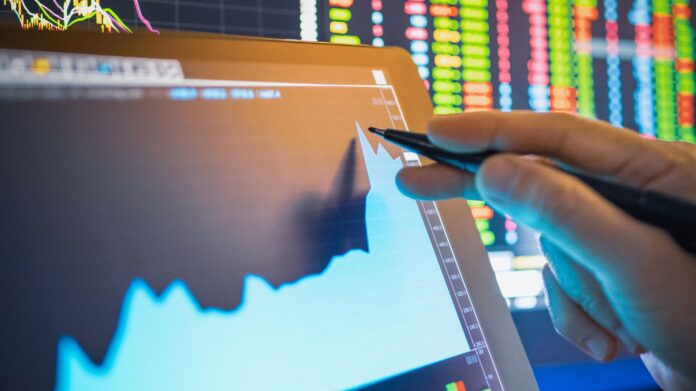Whenever you trade in CFDs, Forex, Stocks, etc. There’s always leverage and margin. In a nutshell, leverage is a tool that enables you to get larger exposure to the account you deposited to open a trade. Before we go further in details; what are CFDs?
What are CFDs?
Contract for Difference (CFD) is an initialism for contract for difference. It’s like a derivative contract. Contracts in which one party promises to deliver a certain quantity of something (or something else) at a specific time and under defined conditions are known as derivatives. The contract’s true substance is the underlying asset (what you purchase or sell with the contract), and the contract price is the price of the underlying item. Two parties can buy contracts from each other using dollars or derivatives to profit from price variations in the underlying asset.
Example:
Let’s say you have a couple of thousand dollars invested in ABC plc. If the price of share CDS goes up by 20%, the cost of your position immediately increases by 20%. But if you sell that stock at the current market price, you can make a profit of 40% (1,600 *.20 = 400). This is because the 20% increase in price triggers a 20% increase in the discount rate on your outstanding loans.
Another Example:
Let’s say you put $1,000 into ABC (at a $1,600 purchase price). You realize the price has jumped to $2,000 the next day. So, what’s next? You have the option of selling your shares at a higher price or waiting for it to drop to $1,000. But what if you could sell (or ‘crowdfund’) shares at any time for any price? That power is now yours to wield.
CFD Trading Leverage
CFD leverage is all about the relationship between two parties. The term was created by the founders of Canva, an online branding agency. They were looking to describe the effect that a price change had on their website traffic. They found that relationships between brands were much more amenable to change than business deals or products. For example, if you are purchasing property with an option to buy later, this kind of leverage is all about buyer and seller relationships. The seller might offer a lower price to get more buyers or lower his asking cost to encourage tenants to sign up as tenants before an actual sale occurs.
In CFDs, you buy underlying assets and lend them out to other investors. If the price of an underlying asset goes up, you make money; if it goes down, you lose money. For example, say you have $100,000 in loan debt, and an underlying asset has a value of $200,000. If you borrow $100,000 and sell your asset for $250,000, then you would make $30,000 on your asset sale and pay off your loan debt in full — without owing any more cash to the bank.
Unleveraged and Leveraged.
If you want funds in your account, the corporation must be willing to take risks if they believe you will repay them in full and on time. A typical unleveraged CFD is a single option that carries some risk. The term is widely used to describe an investment account that has no assets to back it up. Unlevered CFDs, unlike other types of financial assets, are often seen as dangerous, despite their enormous potential for gain.
CFD stands for leverage trading. It involves buying and selling securities based on the price of underlying products. Unleveraged CFDs allow you to purchase securities with cash deposits instead of making long-term investment decisions. Leveraged CFDs create profits when the cost of underlying securities goes up, but they require more capital to buy the same amount of stock or put options on the same company.






















